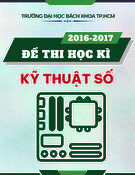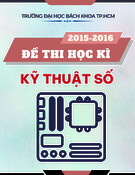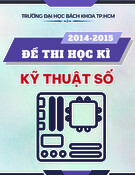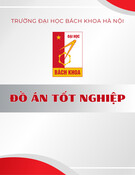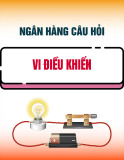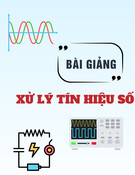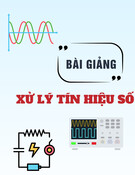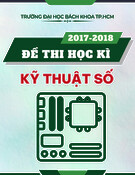
Transport and Communications Science Journal, Vol. 76, Issue 01 (01/2025), 31-41
31
Transport and Communications Science Journal
CONVOLUTIONAL NEURAL NETWORK FOR DETERMINING
THE FLOW FIELD AROUND AN AIRFOIL AND BLUNT-BASED
MODELS
Tran The Hung*
Faculty of Aerospace Engineering, Le Quy Don Technical University, No 236 Hoang Quoc
Viet Street, Bac Tu Liem, Hanoi, Vietnam
ARTICLE INFO
TYPE: Research Article
Received: 05/06/2024
Revised: 24/10/2024
Accepted: 10/01/2025
Published online: 15/01/2025
https://doi.org/10.47869/tcsj.76.1.3
* Corresponding author
Email: tranthehung_k24@lqdtu.edu.vn; Tel: +84355544745
Abstract. The convolutional neural network is widely applied in the classification of images
and medicine. Some current networks are used in aerospace engineering and show a high
potential in determining aerodynamic forces and flow fields. This article constructs a
convolutional neural network for predicting pressure and velocity fields around a two-
dimensional aircraft wing model (airfoil model). Training data is computed using the
Reynolds-averaged method, and then extracted, focusing on the flow around the wing. Input
data includes geometric parameters, and airfoil inlet velocity, and output data includes
pressure field and flow velocity around the airfoil. The convolutional neural network is based
on improving the U-Net network model, commonly used in medical applications. The results
show that the convolutional neural network accurately predicts flow around the airfoil, with
an average error below 3%. Therefore, this network can be used and further developed to
predict flow around the wing. The network is then applied to predict the pressure and pressure
fields around a blunt-based model with different aspect ratios. The main feature of the flow
can be extracted from the network. Results related to pressure distribution, velocity, and
method error are presented and discussed in the study. This study also suggests improving the
network and applying it to pressure and velocity fields in aerospace engineering.
Keywords: Convolutional neural network, U-Net, airfoil, blunt-based model, flow fields,
pressure, velocity.
@ 2025 University of Transport and Communications





